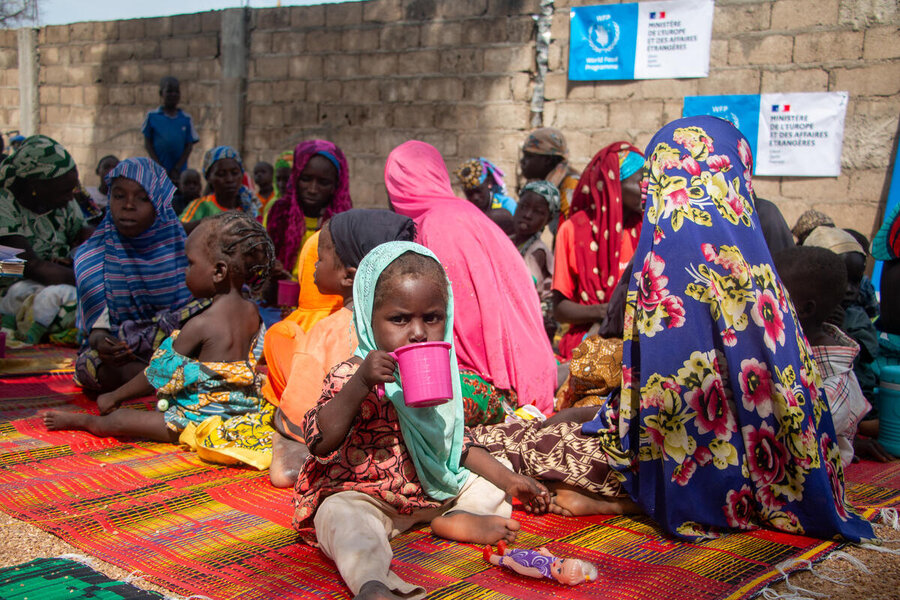12 things you may not know about the World Food Programme
1.
WFP is the world's largest humanitarian agency saving lives in emergencies and using food assistance to build a pathway to peace. We work in over 120 countries and territories, and assisted 124 million people in 2024 – 54 percent of whom were women and girls.
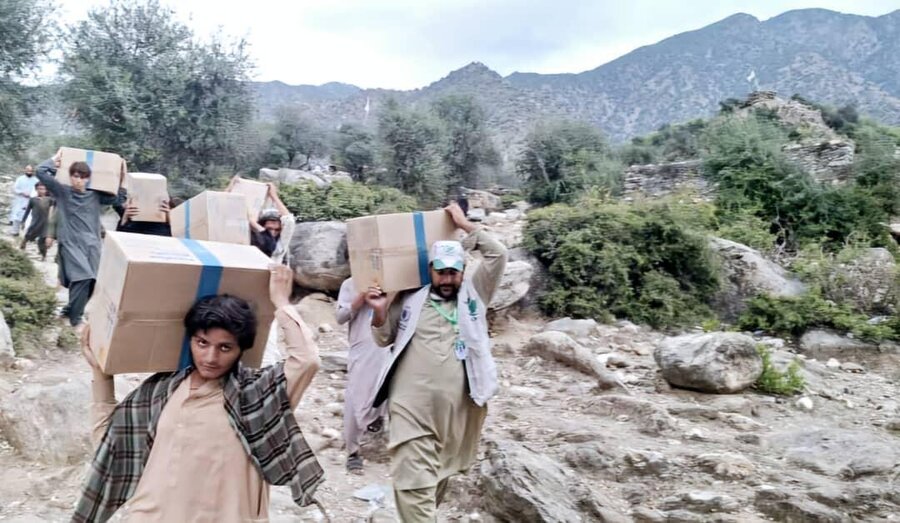
2.
Each day, WFP can have up to 5,000 trucks, 80 aircraft and 20 ships on the move, delivering food and other assistance.
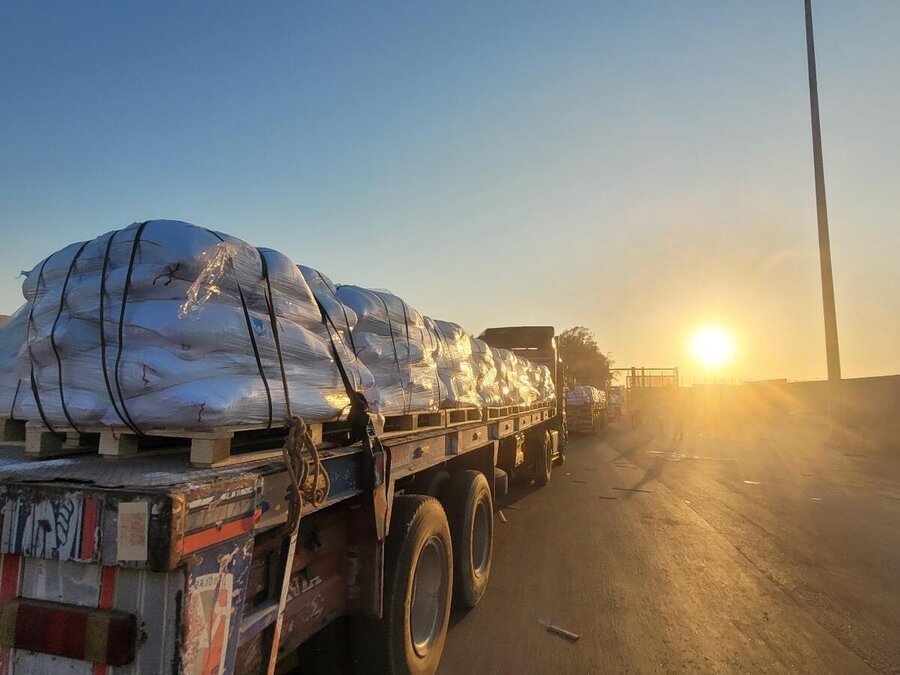
3.
WFP worked on emergencies in 47 countries in 2024, delivering life-saving assistance to 90 million people.
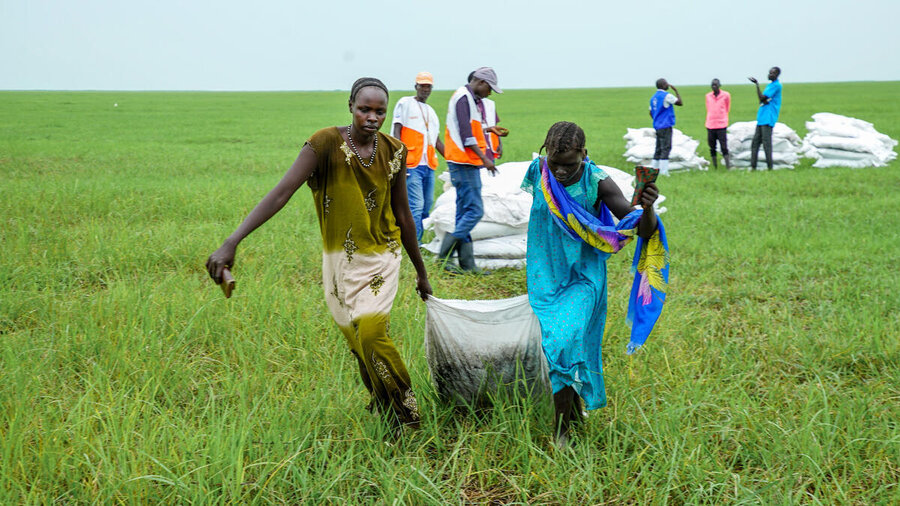
4.
We provided school meals, take-home rations and cash-based transfers to 20 million schoolchildren in 2024, while 45 national governments increased domestic funding for school meal programmes.
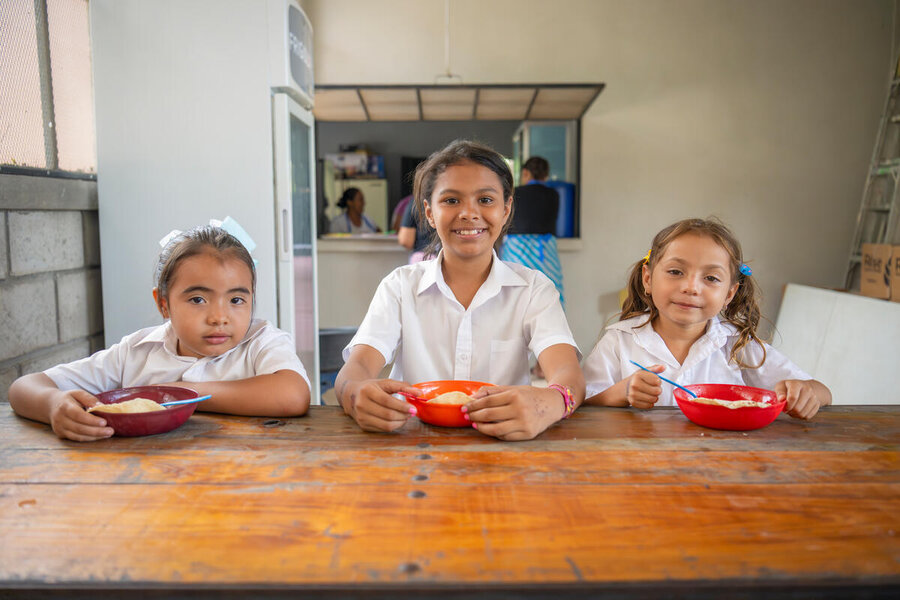
5.
WFP received US$9.8 billion in contributions in 2024. This accounted for only 54 percent of operational needs, meaning severe trade-offs – including ration reductions and the scaling back of programmes in key operations.
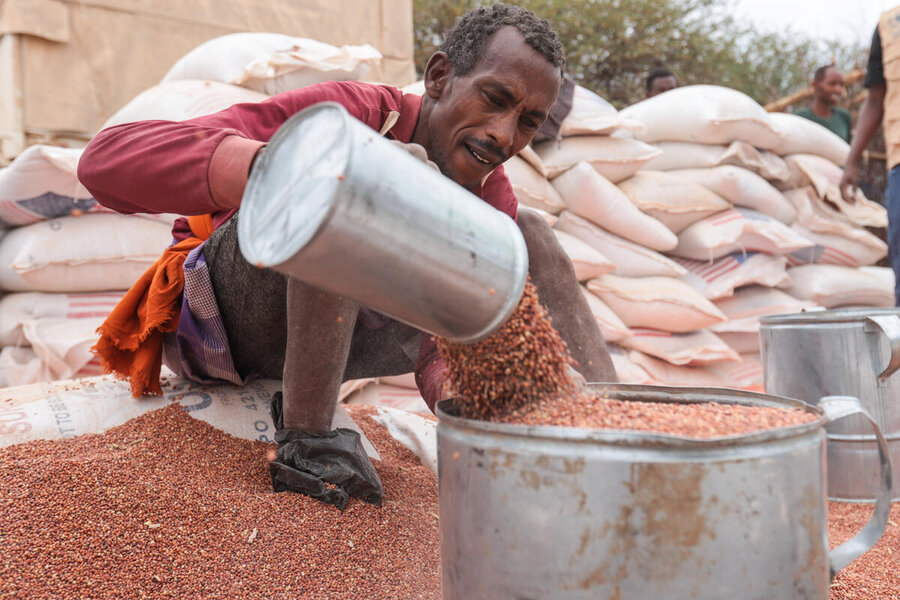
6.
We assisted 1.9 million smallholder farmers across 51 countries in 2024, improving their post-harvest management and access to markets.
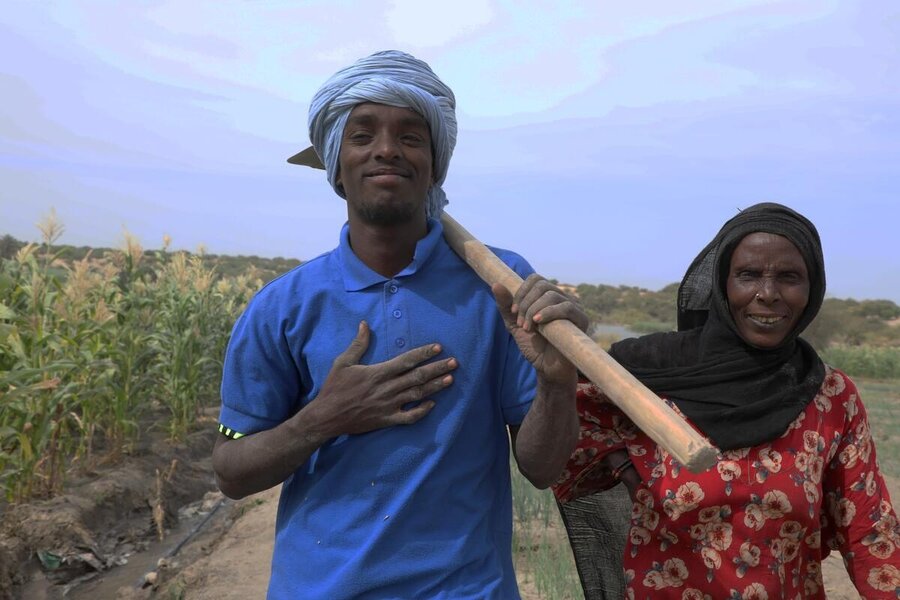
7.
In 2024, WFP supported 20.4 million people in developing more resilient livelihoods. This included the rehabilitation of 228,200 hectares of land, the planting of 25,500 hectares of forest, and the construction or repair of 54 bridges and 2,744 km of feeder roads and trails.
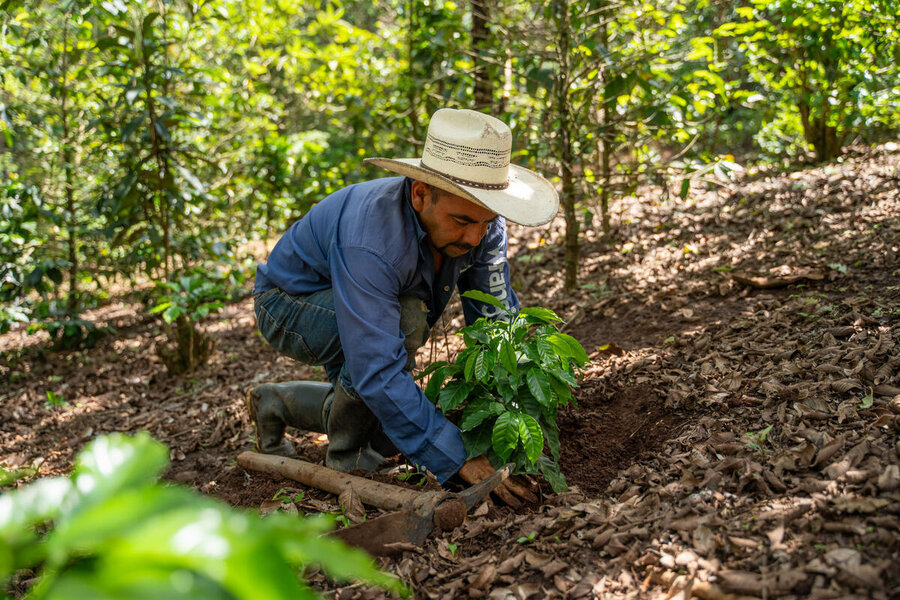
8.
WFP delivered 2.5 million metric tons of food to 81 million people – two thirds of all the people we supported – in 71 countries in 2024.
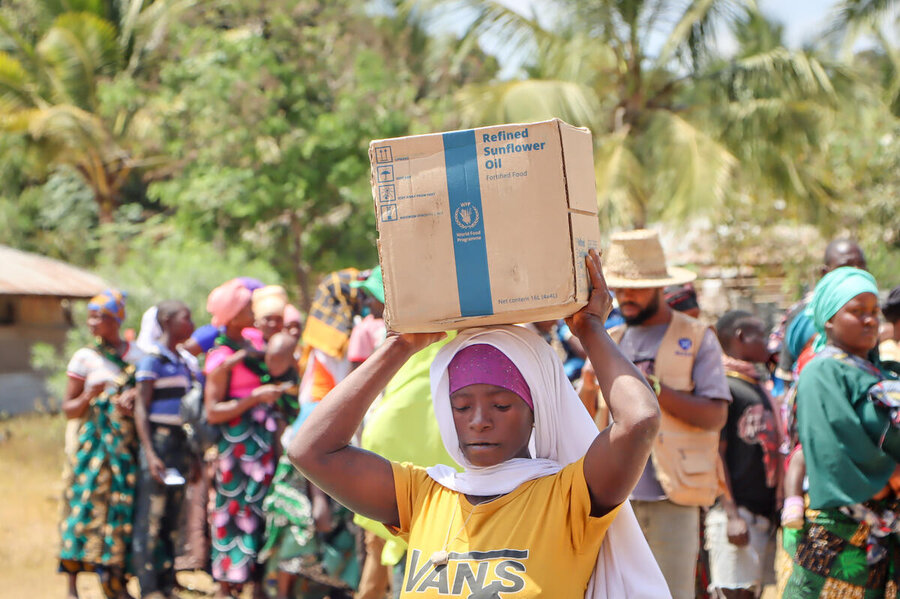
9.
WFP bought 59 percent of the food used in its operations in local and regional markets in 2024, saving time and money on transport costs and helping sustain and grow local economies.
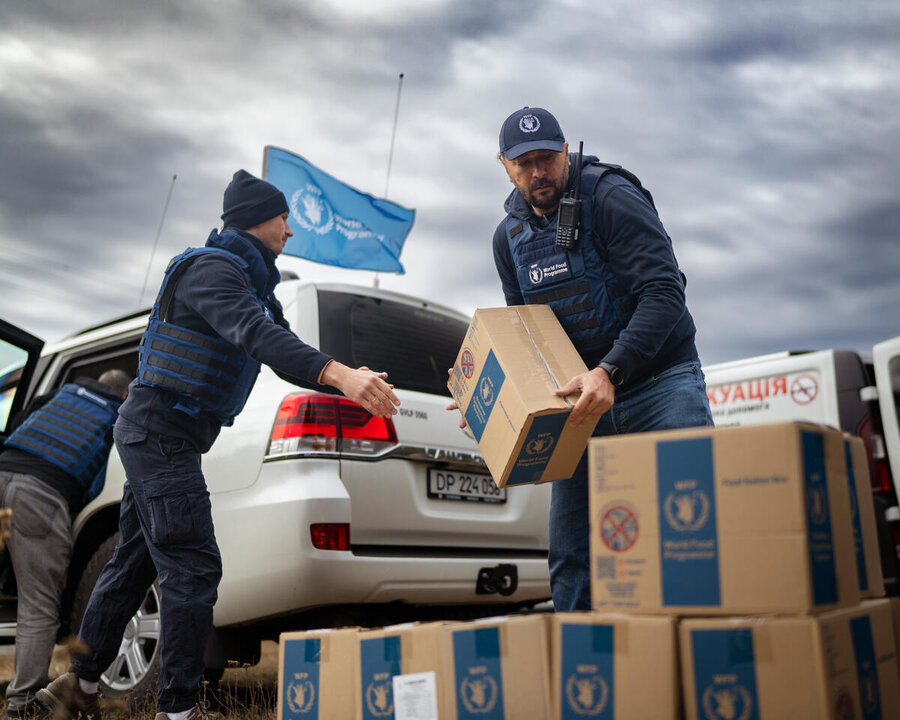
10.
WFP transferred US$2.2 billion in cash-based transfers and commodity vouchers to 46.9 million people in 75 countries in 2024, increasing consumer choice and strengthening local markets.
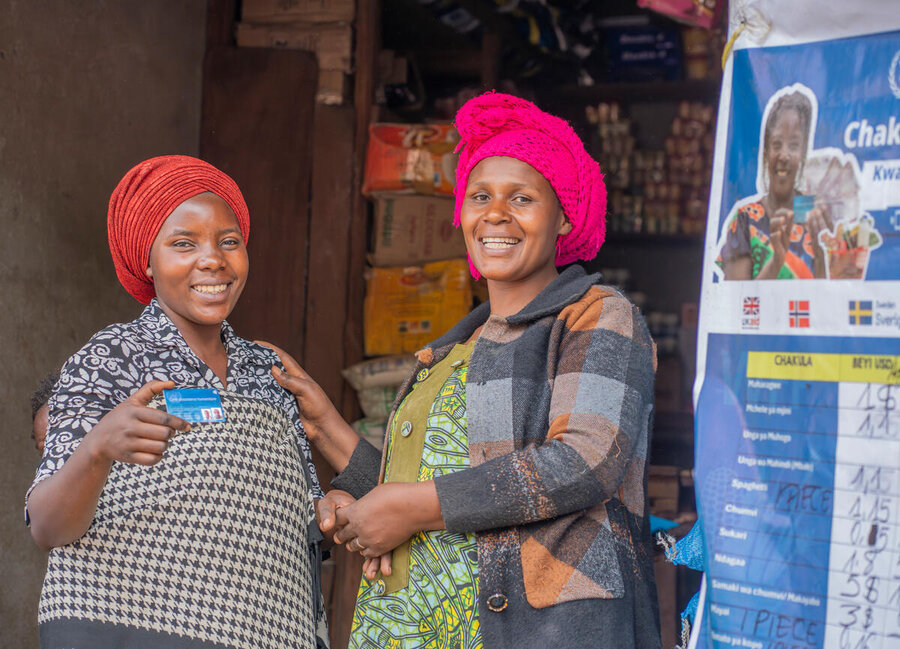
11.
We supported 24 million people so they were better protected from climate shocks in 2024, including through early-warning messages, money transfers ahead of shocks and insurance payments afterwards so people could rebuild their livelihoods.
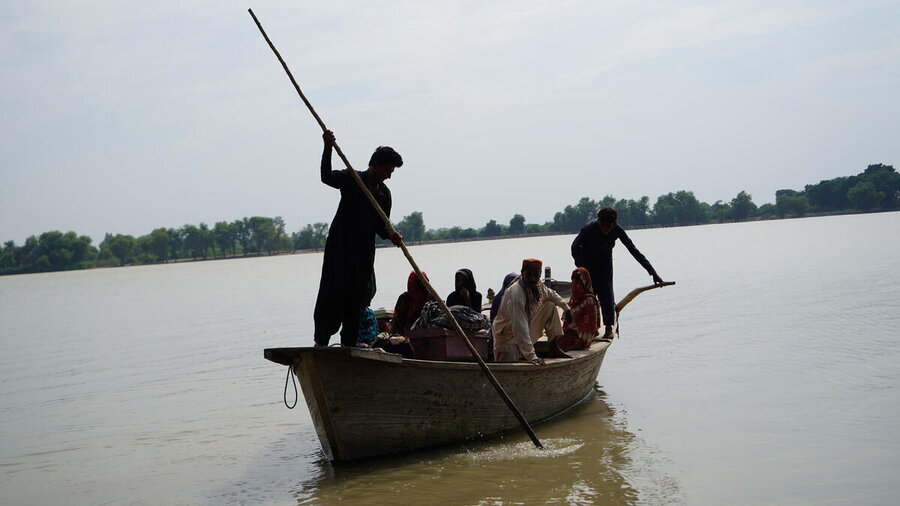
12.
WFP provided life-saving malnutrition prevention and treatment to 21.4 million women and children in 20 crisis-affected countries in 2024.
